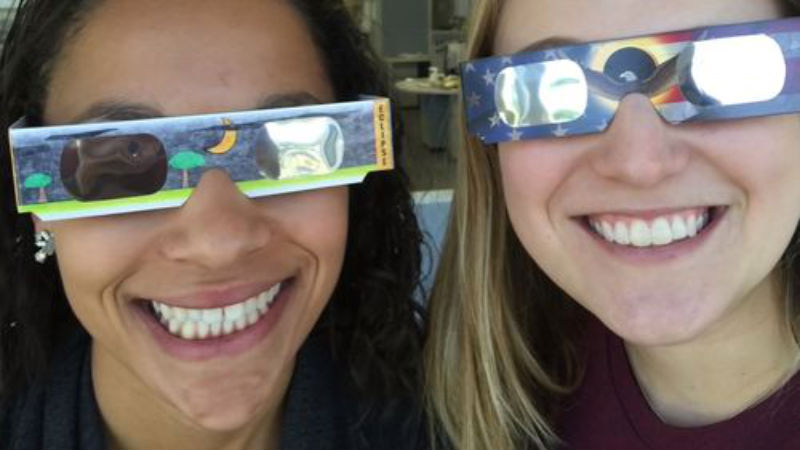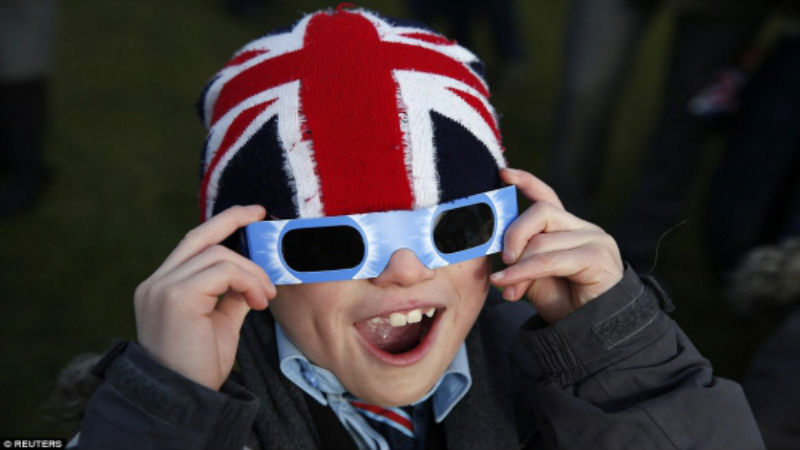On July 2, 2019, the moon will cast its shadow across most of the South American continent. However, most of this large land mass does not get to see a total 2019 solar eclipse. In fact, just a small portion gets to experience the complete eclipse and here are some important things to know about this upcoming event.
What Actually Happens?
An eclipse occurs when the moon gets between the sun and earth. It takes perfect timing because the earth and moon are constantly moving. Every now and then conditions are right, and for a few minutes, the sun’s rays get blocked either partially or completely from the earth (by the moon). The earth and moon’s position at the time decides where the shadow gets cast and how much sun blockage occurs. This is why some areas may see the 2019 solar eclipse and others cannot.
Who Can See the Total Eclipse?
If you live in the Coquimbo region of Chile, you are in luck. La Serena and La Higuera are also lucky and get to view the eclipse in totality. Areas in Argentina can see the total eclipse, and this includes La Riojas, San Juan, and Buenos Aires. The 2019 solar eclipse starts in the afternoon around 4:30 pm in these regions.
Other Lucky Areas
In the South Pacific, the tiny island of Oneo is in the path of totality. This also includes Tahiti and Bora Bora in French Polynesia. The southern Pacific Ocean (east of New Zealand) receives totality too.
Lunar Eclipses Come After Solar Eclipses
Did you know a lunar eclipse always happens around 14 days after an eclipse of the sun occurs? You usually see two lunar eclipses during years of solar eclipses, and sometimes there are three. Do not forget to buy your eclipse viewers ahead of time, to make sure you have enough for the event.



